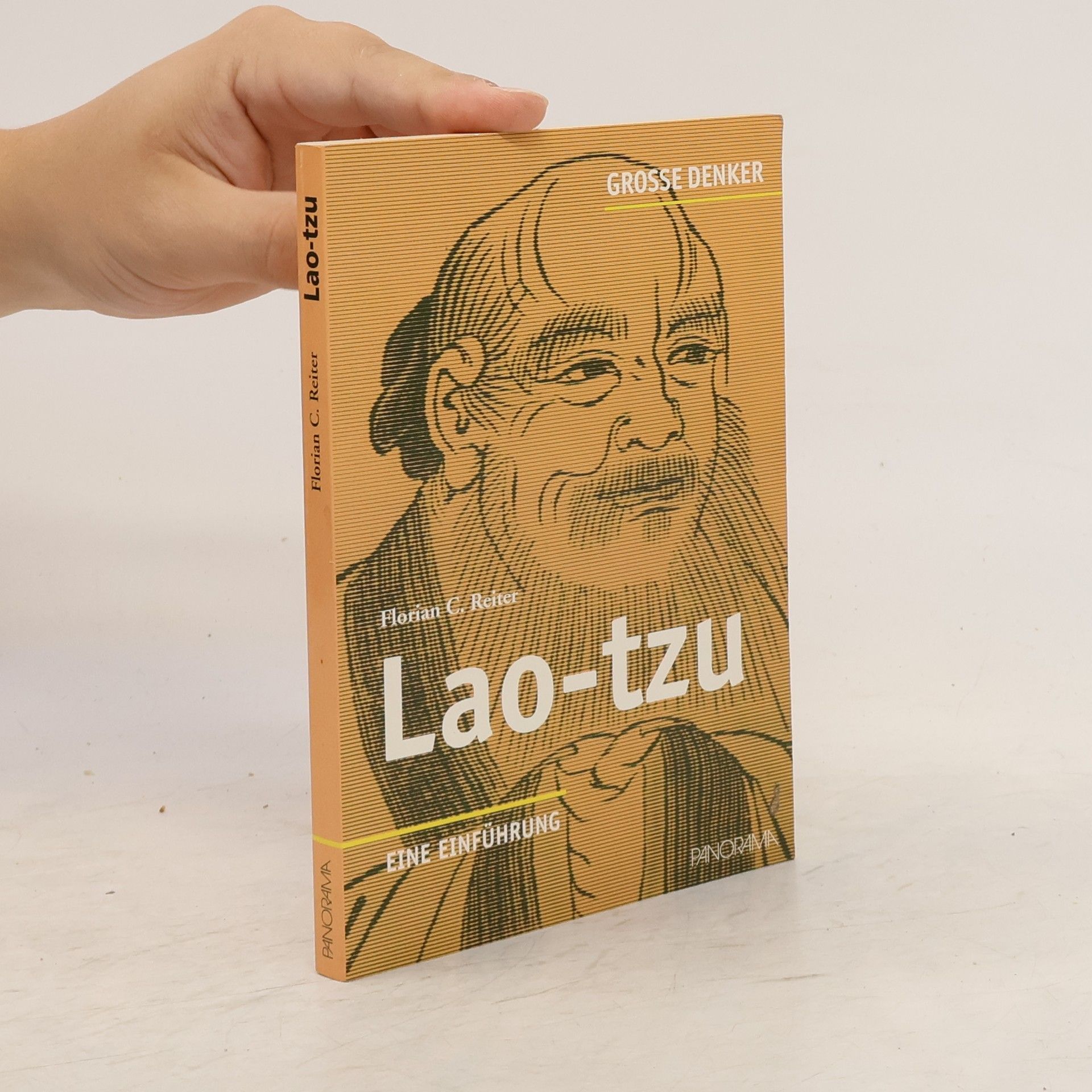The term Taoism of Clarified Tenuity designates a new branch of religious Taoism developed since the 13/14th century by priests of the long-established Heavenly Masters Taoism. They claimed to continue Taoist exorcist traditions that since the Sung-period especially flourished because emperor Sung Hui- tsung (r. 1100-1126) appreciated the exorcism of Taoism of the Divine Empyrean and Five Thunders rituals. The purpose of the exorcist rituals was the expulsion of demoniac molestations, relief from droughts and inundations, and the healing of illnesses. Outstanding priests rationalized the exorcist practice, using theories of a meditative self-cultivation which peaked in the transformation into a Thunder divinity. The priest adopted a divine alter ego for the time of the ritual. Taoism of Clarified Tenuity developed on the basis of these traditions and embraced regionally different religious habits. It adopted and adapted older cults, partly including Buddhist-Tantric practices. Leading priests of Clarified Tenuity presented theoretical essays, discussing the requirements of the personal cultivation of the Taoist to be a worthy performer of exorcism who was entitled to write and use amulets. The amulet was the essential ritual tool. However, the amulets of Clarified Tenuity were remarkably different from the older Thunder amulets of the Sung era. Also, the new branch adopted different attitudes concerning ritual practices such as the transformation into a divinity. The book features developments of the more recent Taoist history and presents content and intention of Taoism of Clarified Tenuity. The selected canonical texts also show that the priests of Clarified Tenuity insisted on a clear distinction between exorcism in Heavenly Masters Taoism and shamanism that they disavowed. The book presents and analyses several Great Rituals of Clarified Tenuity and features elements of religious Taoism that today can still be traced.
C. Florian Reiter Libri






"The Prison of Fire for Demons by Florian C. Reiter presents a study of Taoist exorcist devices that in Heavenly Masters Taoism in the past and even today are dispensable for exorcist rituals. It focusses on exorcism that mainly was performed for the individual client. Sometimes large-scale liturgies were required, but often less-demanding ritual efforts sufficed. The study relies on the collections A Corpus of Taoist Rituals and Pearls Inherited from the Sea of Rituals in the Ming Taoist Canon. Reiter presents an exorcist tradition of Thunder Magic Rituals from Hunan-province and another one from Sichuan province. The leading Thunder divinity in the latter tradition is Marshal T´ien-p´eng who is associated with the God-Emperor of the North and has a background in Shang-ch´ing Taoism. Reiter selects exorcist devices such as the Prison of Fire for Demons and various other types of demon-prisons. He also discusses the abundant amulets and seals for exorcist rituals, and presents the Divine Stick of T´ien-p´eng which is a small wooden ritual tool that today is still in use. The practice of submitting formal applications to the spirit Thunder administration to get the divine approval and backing for any specific exorcism is introduced as well. Reiter displays the historic frame for applying the exorcist devices and defines these practices as constituent elements of Heavenly Masters Taoism. All those methods and devices serve the salvation of individual clients and support society as a whole."-- Publisher description
Feng Shui (Kan Yu) and architecture
- 216pagine
- 8 ore di lettura
Feng Shui (Kan Yu) and Architecture, edited by Florian C. Reiter, presents the results of a symposium with the same title that in 2010 was held at the Chinese Department of Humboldt-University (Berlin). The symposium assembled a number of specialists in the fields of Chinese, Japanese and Korean studies and also architects from Australia, China, Europe, Japan, New Zealand, Taiwan, and USA. The interdisciplinary exchange of discourses on Feng Shui and its scientific impact on constructions and architecture as practiced today was the avowed purpose of the symposium. The results are presented in thirteen articles that range from aspects of Feng Shui and its reality in Berlin to theoretical excursions into numerology and other either practical or literary and abstract matters of Feng Shui, and also include religion (esp. Buddhism) with exploits of Feng Shui. With contributions by G. Anders, O. Bruun, H. Choy, S. L. Field/J. K. and I. Lee, E. van Goethem, E. Kögel, M. Y. Mak, M. Paton, F. C. Reiter, A. T. So, Tsai Sueyling, Wang Yude, and Hong-key Yoon.
Purposes, means and convictions in Daoism
- 255pagine
- 9 ore di lettura
„Purposes, Means and Convictions in Daoism. A Berlin Symposium (II)“ contains twelve articles that represent contributions of international scholars who specialise in studies of religious Daoism. In 2005 they participated in a symposium with the same title that the Seminar für Sinologie at Humboldt-University (Berlin) staged with the support of the Deutsche Forschungsgemeinschaft (DFG/Bonn). The two parts of the book, Historical and Ritual Traditions (I) and Varieties of Religious Activities and Functions (II), mirror the understanding of the basic themes as developed during the symposium and the ensuing discussions. The articles cover periods and developments from the beginning of the religious Daoism up to the late 19th century. The four Chinese contributions are accompanied by English summaries.
Florian C. Reiter untersucht die überraschende religiöse Renaissance in China nach der Kulturrevolution. Er beschreibt die Vielfalt von Tempeln, Festen und Gottheiten, die Tradition der Hausaltäre und die Ahnenverehrung. Zudem behandelt er Taoismus, chinesischen Buddhismus sowie Islam und Christentum in China und moderne Sekten wie Falun Gong.
Der Begriff "Taoismus" vereint zwei unterschiedliche, aber zusammengehörige Traditionen: eine philosophische Schulrichtung -als deren Hauptvertreter Lao-tzu und Chuang-tzu gelten - und den religiösen Taoismus. Die Heilsvorstellungen des religiösen Taoismus richten sich auf "Langlebigkeit" und "Unsterblichkeit". Die Exponenten solcher Vorstellungen waren Experten für die Techniken der Pflege des menschlichen Lebens wie Atemtechnik, Gymnastik, Diätetik und Sexualpraktiken. Florian C. Reiter, der heilige Schirften aus dem taoistischen Kanon übersetzt hat, lässt ein klares Bild des religiösen Taoismus entstehen, der infolge selektiver Kulturimporte in Europa oft missverstanden wurde.
Foundations of Daoist ritual
- 245pagine
- 9 ore di lettura
In 2007 the Chinese Department of Humboldt University (Berlin) staged a symposium on foundations of Daoist ritual. The results in English and Chinese (with summaries) are presented in this book. Daoist ritual is embedded in Chinese culture, and so considerations from the Confucian point of view made the start. The following contributions deal with components of Daoist rituals that matter on a basic level, involving exorcism, realities of minor rituals and movements in Taiwan and China up to present times. The focus is on relevant canonical traditions, on orthodox rituals and generally known literary themes of religious importance. A third group of contributions concentrates on aspects of medieval ritual, on its canonical sources and historic performance. Pious designs of care are evident in Daoist medical efforts that were also studied at this symposium.
Lao-tzu (ca. 2. Hälfte des 4. Jhds. v. Chr.) - chinesischer Philosoph, Begründer des Taoismus und Verfasser der legendären Weisheitssprüche des Tao-te ching. Die Lehren des „Alten Meisters“, auch Laotse genannt, repräsentieren unvergängliche Inhalte, die aufs engste mit der östlichen Religions- und Philosophiegeschichte verknüpft sind. Eine kompakte Einführung in das Wirken des Lao-tzu, in die Grundlagen des Taoismus und in die Entstehungsgeschichte und chinesische Original-Rezeption des Tao-te ching.

